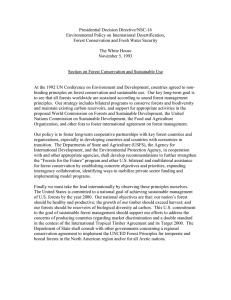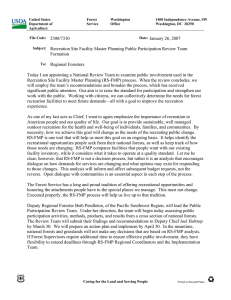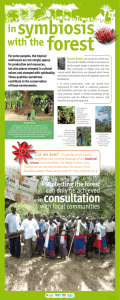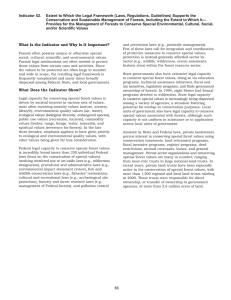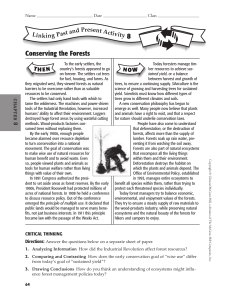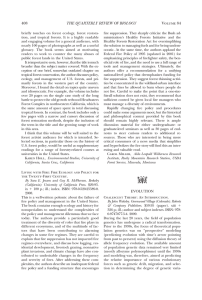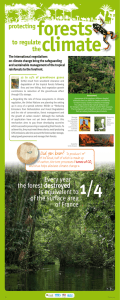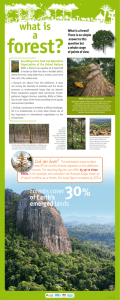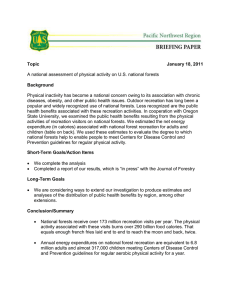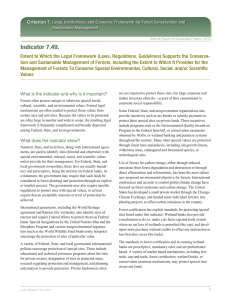Learning about the U.S. experience with protected area management
advertisement
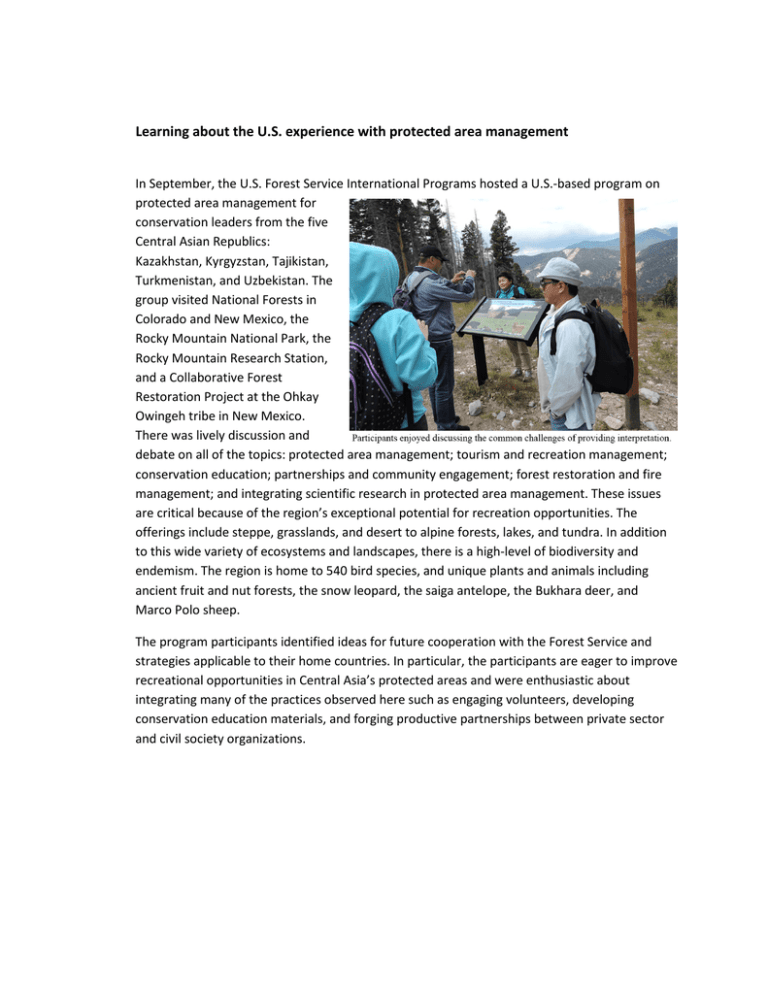
Learning about the U.S. experience with protected area management In September, the U.S. Forest Service International Programs hosted a U.S.-based program on protected area management for conservation leaders from the five Central Asian Republics: Kazakhstan, Kyrgyzstan, Tajikistan, Turkmenistan, and Uzbekistan. The group visited National Forests in Colorado and New Mexico, the Rocky Mountain National Park, the Rocky Mountain Research Station, and a Collaborative Forest Restoration Project at the Ohkay Owingeh tribe in New Mexico. There was lively discussion and debate on all of the topics: protected area management; tourism and recreation management; conservation education; partnerships and community engagement; forest restoration and fire management; and integrating scientific research in protected area management. These issues are critical because of the region’s exceptional potential for recreation opportunities. The offerings include steppe, grasslands, and desert to alpine forests, lakes, and tundra. In addition to this wide variety of ecosystems and landscapes, there is a high-level of biodiversity and endemism. The region is home to 540 bird species, and unique plants and animals including ancient fruit and nut forests, the snow leopard, the saiga antelope, the Bukhara deer, and Marco Polo sheep. The program participants identified ideas for future cooperation with the Forest Service and strategies applicable to their home countries. In particular, the participants are eager to improve recreational opportunities in Central Asia’s protected areas and were enthusiastic about integrating many of the practices observed here such as engaging volunteers, developing conservation education materials, and forging productive partnerships between private sector and civil society organizations.





